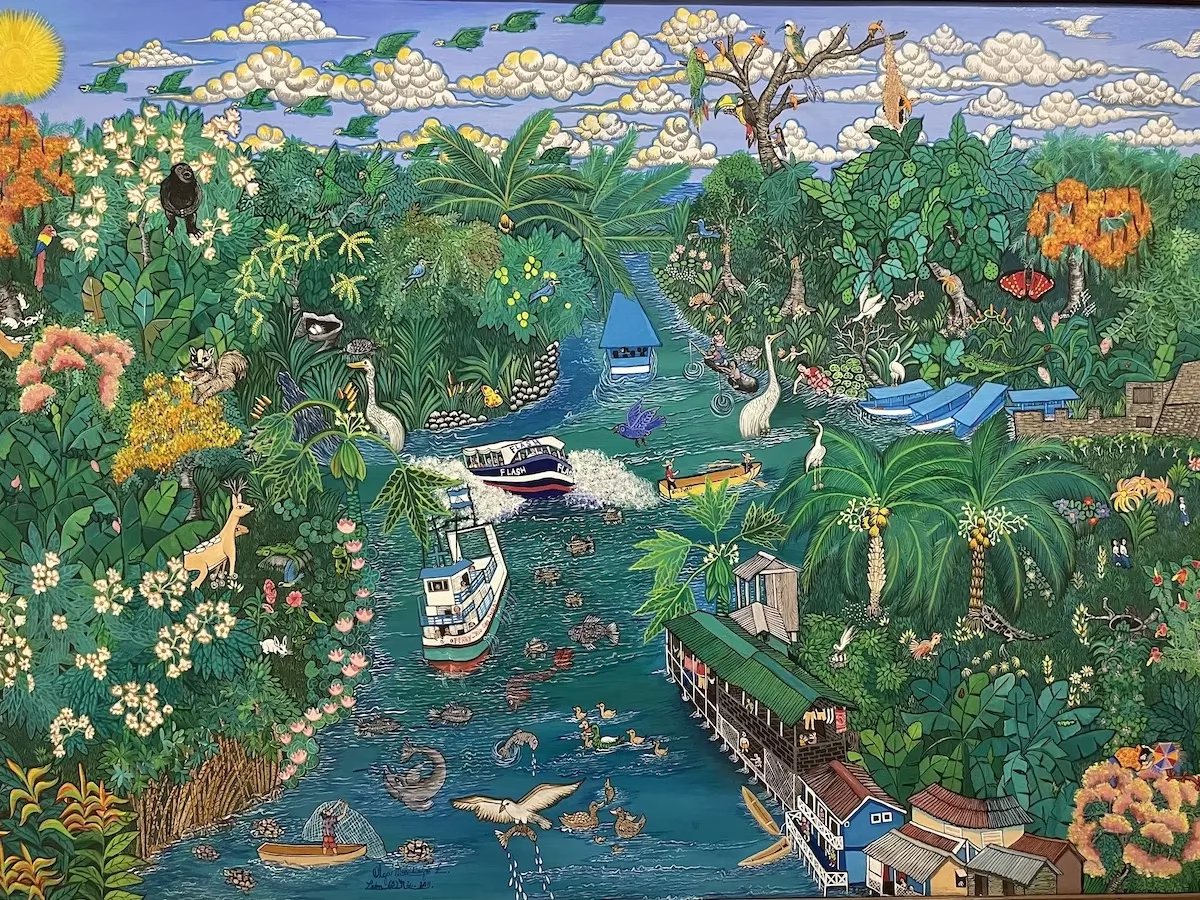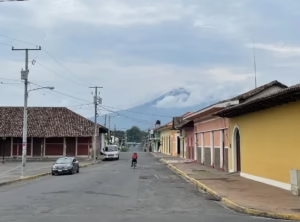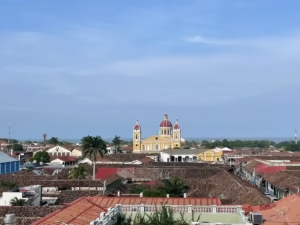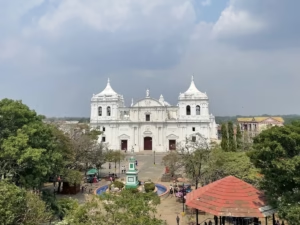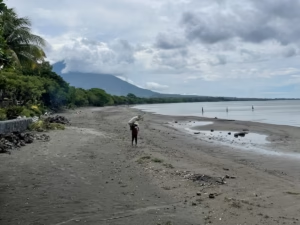Nicaragua has had a turbulent history to say the least. As travelers, it’s important that we make an effort to understand the history of places we visit, to learn why they are the way they are. Especially countries, like Nicaragua, that may have suffered from the actions of our own governments. Thus, here’s my attempt to sum up centuries of Nicaragua’s rich, terrible, history in one single blog post.
Click here for my Nicaragua travel guide: Navigating Nicaragua: A Travel Guide to the Land of Lakes and Volcanoes and Revolution
Before the Spanish, the Nicarao and Chorotega indigenous groups, among others, called Nicaragua home. As you can probably guess, the country owes its name to the Nicaraos. Conquistador, Gil González Dávila captured the country for Spain in 1522 killing and enslaving the native population in the process.
After centuries of Spanish rule and English pirate attacks, Nicaragua gained independence in 1821. After brief flirtations with the Mexican Empire and the United Provinces of Central America, Nicaragua became an independent republic in 1838. Independent Nicaragua erupted into numerous civil wars between the liberals of León and the conservatives of Granada.
Despite the violence, thousands of North Americans passed through Nicaragua on their way to California during the gold rush. Before Chinese laborers built the railways, the West was just too wild. Perspective prospectors would travel to the Caribbean coast of Nicaragua, pass up the Rio San Juan through Lago Cocibolca to the Pacific coast where a ship would be waiting to take them up to San Francisco. None other than Cornelius Vanderbilt made a fortune running steamships through Nicaragua and the country became key to U.S. growth and economic development.
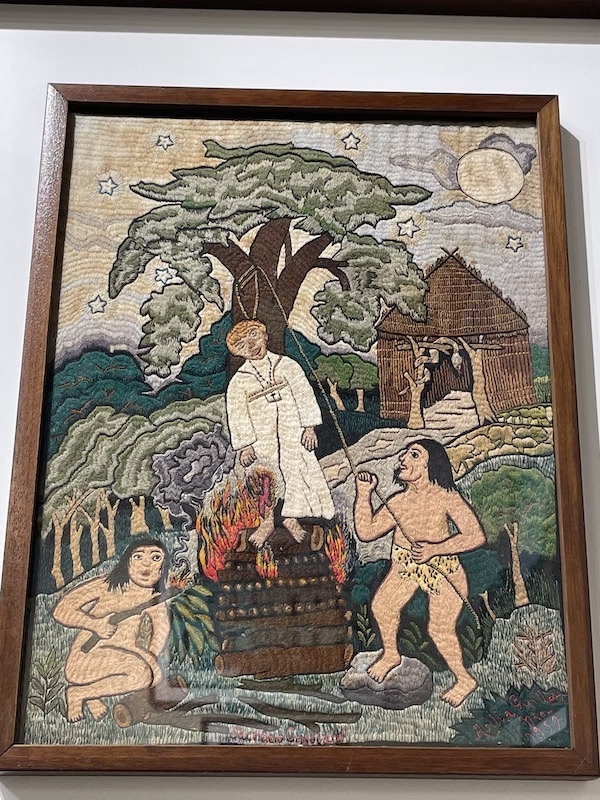
U.S. Intervention and the Dictatorship
In 1855, a man from Tennessee named William Walker invaded Nicaragua and declared himself president. He declared English the official language and reinstituted slavery. It took the united forces of almost every other Central American country to kick Walker out and restore Nicaragua’s independence. You could say William Walker represents the first of many U.S. military interventions in Nicaragua. There’s a movie about him staring Ed Harris.
In 1909, the U.S. invaded again, sending marines to support the conservatives in their long running civil war against the liberals. The U.S. was also considering the possibility of building a canal through Nicaragua. The marines occupied the country until 1933. The conservatives won the war and forced the liberal generals to sign a peace accord that granted the United States a whole mess of economic and political concessions.
The only liberal general who didn’t sign the accords was Augusto César Sandino. Sandino set up a guerilla army in the hills and began to fight against both the newly formed Nicaraguan national guard and U.S. forces. Sandino took control of large sections of the country and cemented his name as a hero for future patriotic Nicaraguans.
Unfortunately, Sandino’s struggle ended in tragedy. The U.S. backed chief of the national guard, Anastasio Somoza Garcia invited Sandino to Managua for a meeting. He told him it would be a peace negotiation. Sandino arrived unarmed, as was agreed, and then Somoza ambushed him and had him killed.
Somoza would go on to become one of the most brutal dictators in a region famous for its brutal dictators.
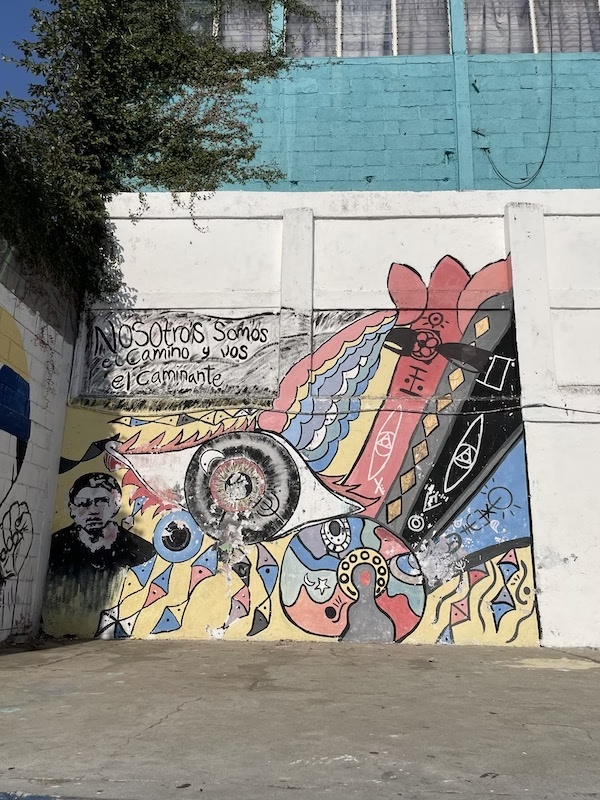
Sandinista!
During the Somoza dictatorship, the United States built a military base and used Nicaragua to, among other things, launch military operations to overthrow the democratically elected president of Guatemala and launch the infamous Bay of Pigs invasion against Cuba. The Somoza family rolled out the red carpet for U.S. business interests.
The Somozas repressed any dissent with an iron fist and enriched themselves at the expense of Nicaragua’s mostly poor, rural population. For example, there’s a former prison in Managua where the dictatorship would feed political prisoners to captured panthers. All this was done with U.S. support. As President Franklin Roosevelt said about the first Somoza, “Somoza may be a son of a bitch, but he’s our son of a bitch.”
Inspired by the Cuban revolution, a group of students formed a guerilla army to fight against the Somozas in the 1960s. They named themselves after that old Nicaraguan hero, Augusto Sandino. Thus, the Sandinista National Liberation Front, or FSLN for its Spanish initials, was born.
In 1972, a major earthquake leveled the capital of Managua. Some 90 percent of buildings were destroyed, and it’s the reason Managua basically doesn’t have a downtown to this day. Millions of dollars of international aid poured in to help the Nicaraguan people. Somoza and his cronies pocketed it all. This was the final straw, and the tide began to turn against Somoza in favor of the rebels.
In 1979 a final push from the FSLN and a general strike dealt the death blow to the hated Somoza dictatorship. The Sandinistas took power and Somoza and his cronies snuck out the back door to Honduras. The last of the Somozas, Anastasio Somoza Debayle, was assassinated in Paraguay in 1980. The assassins rented a mansion across the street from where he was staying, claiming to be representatives of Spanish singer Julio Iglesias.
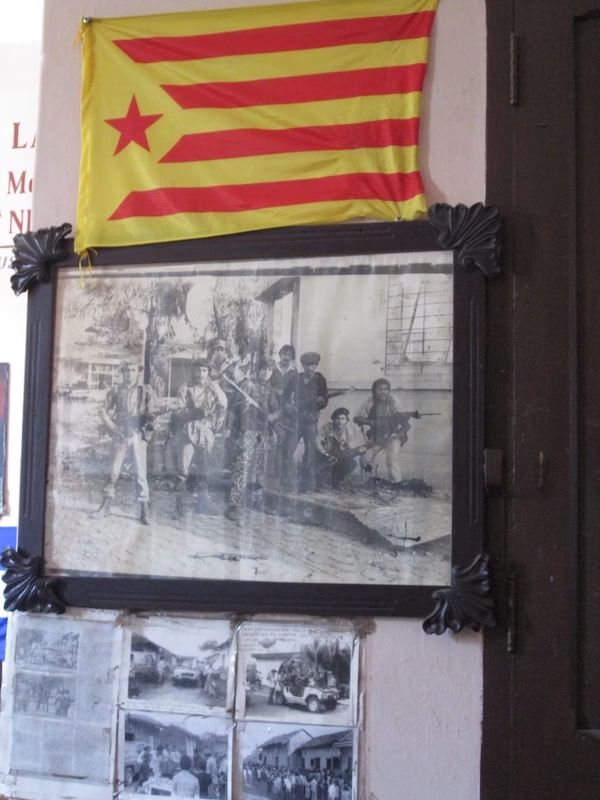
Iran-Contra and Crack Rock
The Sandinistas embarked on a program of massive social reforms. They made improvements in healthcare, literacy, and land reform among other things. They were also socialists, with ties to both Cuba and the Soviet Union. Of course, the United States couldn’t have that.
The Reagan administration immediately issued economic sanctions and a blockade. The CIA got involved and began to train a counter revolutionary guerilla army of their own. These so called Contras operated from secret bases in Honduras and Costa Rica and committed innumerable war crimes and sabotage within Nicaragua in an attempt to bring down the Sandinistas.
In 1982, due to widespread allegations of human rights abuses, congress passed legislation to prevent funding the Contras. The CIA and old Ronnie Reagan needed another source of money to keep their pet right wing thugs living the lifestyle to which they’d grown accustomed. So, why not sell some weapons to Iran?
And that’s just what they did. Colonel Oliver North set up a deal through Israel to sell missiles to Iran in exchange for the release of American hostages. Despite the fact that Iran at the time was under a U.S. embargo. Despite the fact that Ronald Reagan promised he would never negotiate with the Iranians.
The deal was clearly illegal. Members of the administration were charged, but either released on technicalities or pardoned by President George Bush.
As if that wasn’t enough, there’s the whole crack thing. Turns out there’s evidence that the CIA raised funds for the Contras by selling crack cocaine. They got involved with a drug ring in San Francisco that set up deals between Colombian cartels and the Crips and Bloods in Los Angeles.
Like I said, the U.S. government aren’t always the good guys.
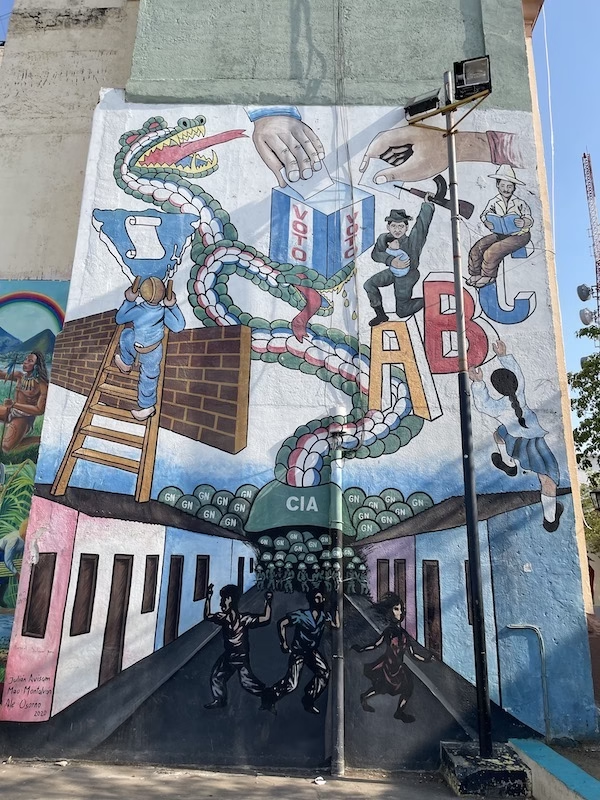
Daniel Ortega and the Nicaraguan Protests
Amazingly, the Sandinistas survived. In 1990 the country held elections, the Sandinistas lost and amiably stepped aside. They returned to power in 2006 when Daniel Ortega won his second term.
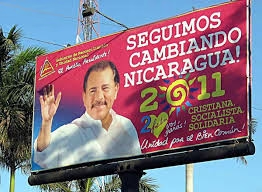
Despite the constitution limiting the presidency to two terms, Ortega won again in 2011, and again in 2016. And 2021, I believe. He’s still president, alongside his wife Rosario Murillo who was recently promoted from vice president to “co-president.” Maybe there’s something kind of romantic about that?
Ortega in the 21st century began by relying on Venezuelan oil to fund government projects. In general, though, he’s been much more pro-business than you’d expect from a supposed socialist. In 2018, he launched a series of social security reforms at the behest of the International Monetary Fund.
A small group, initially, took to the streets to protest these reforms. The government cracked down, hard.
Things spiraled into massive country-wide protests against the Ortega-Murillo regime. Violence erupted in cities and towns around the country. Police and pro-government paramilitaries beat up and, in some cases, murdered protesters. Overall, 328 people were killed and hundreds more injured.
In the aftermath of the protests, Ortega backed down on the social security reforms. However, the government began to censor or close down all critical newspapers and other media outlets. They also shut down thousands of NGOs and charities, kicking out international volunteers. They even deported hundreds of prominent opposition members and stripped them of their citizenship.
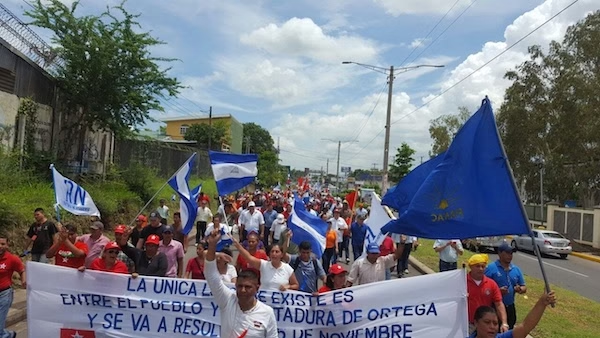
Ortega and Murillo claim that the protests were orchestrated by the United States in order to undermine the revolution. I’ve also heard this sentiment from regular Nicaraguans, including those who generally oppose the Ortega regime. Considering the long history of US interventions in Nicaragua, I’d say it’s definitely possible some elements of the protests were influenced by shady figures from the North.
US media tended to portray the narrative of brave, peaceful protesters standing up against a brutal regime. However, the protesters themselves were also quite violent. Groups roamed around beating up anyone accused of being a “sapo” (Spanish for toad and slang for a government supporter.) Protesters even captured a policeman and burned him alive. It was a scary time for everyone.
I think I should also mention some of the good things the regime has done. There have been tremendous strides in health care, education and women’s rights. Healthcare is free, and even tourists can visit a clinic for treatment and not have to pay anything. It makes you wonder, if the second poorest country in the Western Hemisphere can figure out how to offer free healthcare, why can’t the richest? Previous to the Ortega-Murillo government, women needed a husband or father’s signature to start a business. Now they can do it on their own. Cat calling is also officially illegal (though this isn’t as strictly enforced as it should be…) All this is not to defend the government, but to attempt to put things on balance. Life isn’t always black and white.
However, I don’t think you can deny the brutality of the government’s response. It’s generally agreed that either the government or government backed paramilitary groups were responsible for the majority of the deaths during the conflict. And it’s pretty clear from Ortega’s hard-handed crack down of social movements, the government apparatus, and the media that he’s planning on staying in power indefinitely.
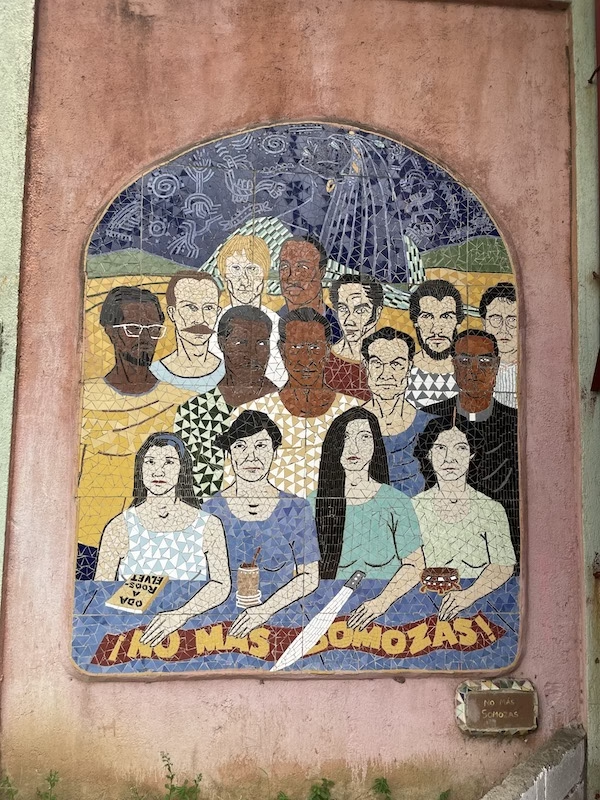
Life in Nicaragua After the Protests
Since the protests, thousands of people have left Nicaragua to escape the regime and the dire economic consequences. Most have gone to Costa Rica, but some have made the arduous journey through Mexico to the United States. Ortega and Murillo have been consistently losing support. Only a mere 15% of the population backs the Sandinistas, and 35% of those Sandinistas disapprove of Ortega and Murillo.
Having been to Nicaragua both before and after the protests, I felt like I could feel the difference in the air. The country just doesn’t quite have the jubilant, hopeful feel to it that it had when I first visited. People are still friendly, but everyone seems a bit more beaten down and the rough edges are just a bit rougher.
I feel like I’ve ended this on a bit of a downer. Maybe I better let former Sandinista leader and poet, Giaconda Belli (who is now exiled and living in Spain) sum things up much better than I ever could:
“For those of us who were young guerrillas, it has been enormously difficult to see what has happened with Nicaragua. This beautiful country of lakes and volcanoes, of welcoming, cheerful people with an innate sense of humor, appears to be destined for the same fate that befell the mythical Sisyphus: pushing the stone to the top, only to have it roll down again.
But it is a form of rebellion to keep pushing the boulder. And many of us will continue to do so.”
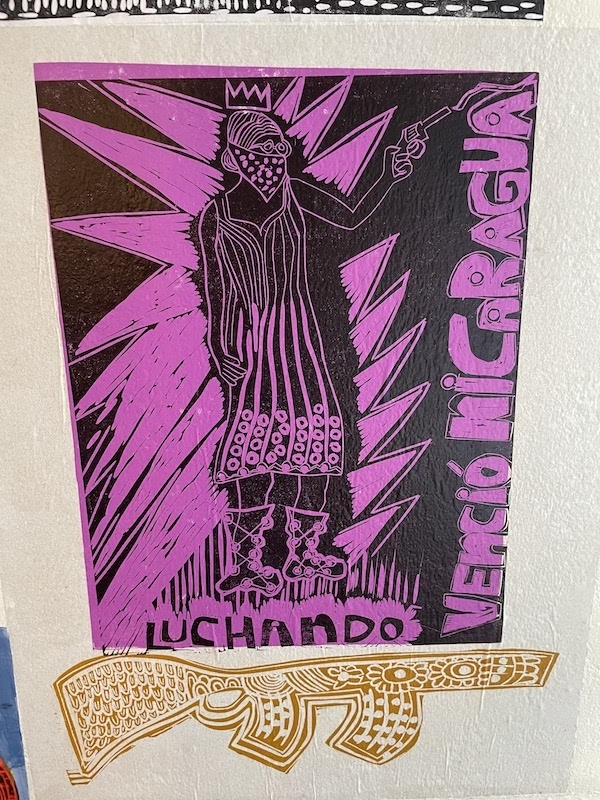
If this history has inspired you to visit Nicaragua, check out my guide: Navigating Nicaragua: A Travel Guide to the Land of Lakes and Volcanoes and Revolution

